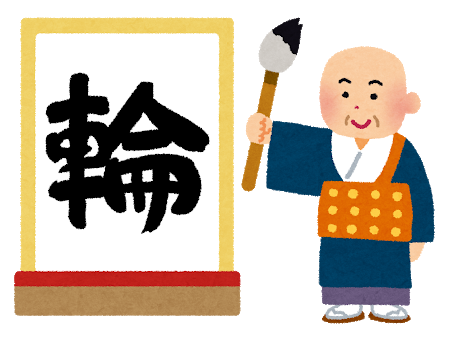Learning to Write Japanese¶
While not essential, many learners aspire to write Japanese fluently, potentially beneficial for those living in Japan. Even if your primary focus is reading, learning to write can deepen your understanding and recognition of kanji. This section explores effective methods for learning to write Japanese.
Note: This guide is aimed at advanced learners. Beginners should focus on reading and comprehension before tackling writing.

Why Writing Directly from Recognition Cards is Inefficient¶
Some learners attempt to learn writing by writing out words from their recognition flashcards. This involves having a word or sentence on the front of the card and writing out the target word.
This approach is inefficient for several reasons. It doesn't provide comprehensive coverage of essential kanji, and it doesn't effectively test recall since you're immediately referencing the answer. This method primarily extends review time without significant benefit. Prioritize quick and efficient reviews.
What about stroke order?
Stroke order becomes intuitive after learning 100-200 kanji. You'll be able to predict the stroke order for most new kanji, and minor errors won't significantly impact understanding.
The Pitfalls of RTK After Fluency¶
A common suggestion in advanced learning circles is to use Remembering the Kanji (RTK) with the keyword on the front and the kanji on the back after achieving fluency.
However, this method has flaws. Flashcards are effective when the prompt closely relates to the desired recall context. In this case, the goal is to recall kanji when thinking of a Japanese word, not an English keyword. The relevance of the prompt is crucial for effective learning. RTK after fluency doesn't align with the practical context of writing Japanese.
What about using Japanese words in Hiragana on the front?
While this eliminates the English keyword, it doesn't fully address the issue. The presence of multiple Japanese words on the front can create an unnatural recall situation. You're not testing your ability to recall kanji in various contexts, but rather your ability to recall it in response to all its meanings and readings at once. This approach may not lead to reliable writing ability.
The Kanken Deck Method¶
To address the shortcomings of existing methods, I propose the Kanken deck method:
https://ankiweb.net/shared/info/759825185
This Anki deck tests all 常用漢字 in various semantic and reading contexts. Each card presents a Japanese sentence with a word in hiragana that needs to be written in kanji. A key feature is the inclusion of native audio for every card. This method avoids the issues of other approaches and offers an effective way for advanced learners to improve their writing skills. Detailed instructions are available on the Ankiweb page.